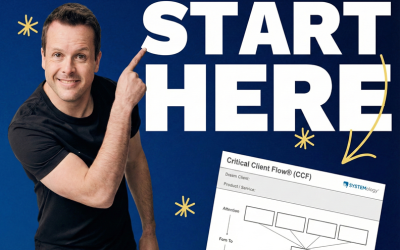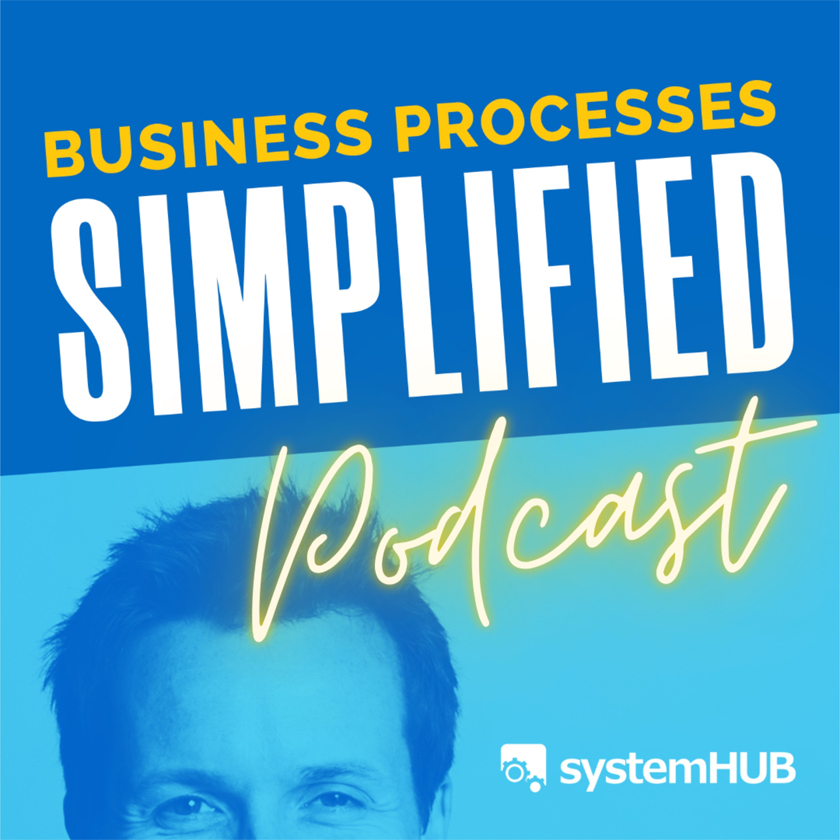Starting a business in your dining room and growing it to serve clients in 80 countries sounds like a fantasy. Yet that’s exactly what Rick Yvanovich accomplished with TRG International, transforming a one-person accounting systems consultancy into a 500-person global operation over nearly three decades.
But Yvanovich’s real-world business process example reveals something crucial: explosive growth without systematic documentation almost destroyed everything he’d built.
The Challenge That Nearly Broke a Growing Business
As TRG International expanded beyond its humble dining room origins, Yvanovich faced the entrepreneur’s classic dilemma. His team grew from 20 to 30, then 50, then 100 employees, but knowledge transfer became chaotic.
“Who’s going to teach all those people?” Yvanovich recalls. The company’s expertise lived entirely in people’s heads, creating dangerous vulnerabilities as the business scaled.
The breaking point came when TRG began experiencing staff turnover in the hospitality industry they served. Without documented processes, new hotel accounting teams of 10 people would arrive at brand-new properties with no one to train them and no procedures to follow.
The Strategic Decision That Changed Everything
Twenty years ago, Yvanovich made a pivotal choice that would transform his business model. Partnering with RMIT University’s internship program, he recruited students skilled in systems thinking to document every single company process.
“I literally took five of them, documented the entire company, the whole everything, working every single department, wrote down exactly what they do, and gave me some beautiful flow charts,” he explains.
This wasn’t just about internal efficiency. Yvanovich realized documented processes could become a competitive advantage, allowing TRG to charge premium rates for delivering complete standard operating procedures alongside their systems implementations.
Implementation Across a Global Organization
TRG’s systematic approach to process documentation involved several key strategies:
- Complete company mapping: Every department, role, and workflow was documented with detailed flowcharts showing interconnections
- Standard operating procedures: Formal SOPs replaced informal knowledge, covering everything from invoice processing to authorization matrices
- Customer-facing documentation: Processes became deliverables, with clients receiving complete procedural guides for new systems
- Continuous improvement mindset: SOPs were treated as living documents, regularly updated based on team feedback and changing business needs
- Academy-based training: All documentation was converted into video-based learning modules for both internal staff and customers
- Kaizen culture integration: Process improvement became embedded in company values, encouraging daily learning and refinement
Measurable Results Across Multiple Dimensions
The transformation delivered concrete business outcomes that strengthened TRG’s market position. The company now maintains remarkably low turnover rates, with employees staying 5, 10, 15, or even 25 years in a nearly 30-year-old business.
“We have multiple boomerangs, they work for us, they leave, work somewhere else, come back,” Yvanovich notes, crediting clear processes for creating employee satisfaction and career development pathways.
More importantly, documented processes became a revenue driver. TRG transformed from a systems implementer to a comprehensive solution provider, delivering both technology and the operational frameworks needed to use it effectively. This differentiation allowed the company to command higher fees while serving Fortune 500 enterprises and global hotel chains.
Five Critical Lessons for Scaling with Systems
The TRG experience offers practical insights for any growing business:
- “Everything is very, very, very rigid. So they’ve got to be rules” – Structure becomes essential as teams grow beyond informal communication
- Start documentation before you need it – Waiting until knowledge walks out the door makes recovery exponentially harder
- Treat processes as competitive advantages – Well-documented procedures can differentiate your service delivery and justify premium pricing
- “What does the SOP say?” – Clear procedures eliminate team conflicts and provide objective resolution frameworks
- Build learning into your culture – Regular process review and improvement should be part of everyone’s role, not just management’s responsibility


The Long-Term Vision
Yvanovich’s approach proved particularly valuable when considering business transitions. “They potentially might want to sell the business at some point in time because they’re not immortal, none of us are immortal yet. So you better put something like SYSTEMology in place, so all your processes are fully documented.”
His experience demonstrates that systematic process documentation isn’t just operational efficiency, it’s building transferable business value that survives individual knowledge and creates scalable growth foundations.
Transform Your Business with Systematic Process Documentation
Ready to scale your business like Rick did? Start documenting your critical processes today with a free 14-day systemHUB trial. Get access to templates, training, and tools designed specifically for growing businesses that need to capture and transfer knowledge systematically.









